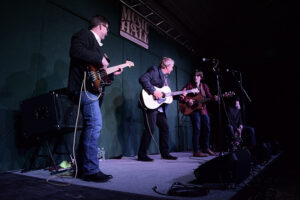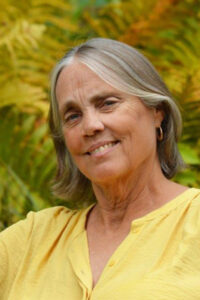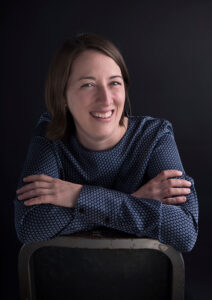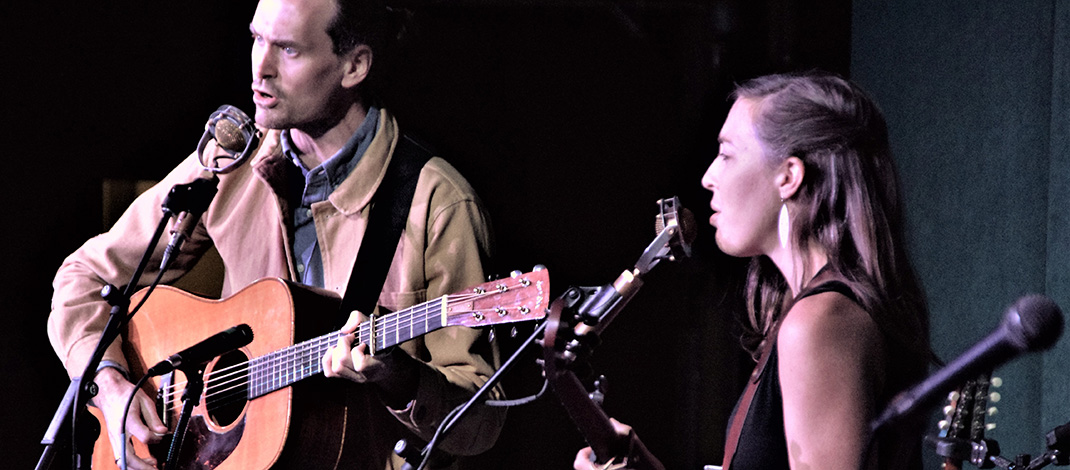Sector re-emerging from pandemic period
By Deborah Jeanne Sergeant
For more than two years, performing arts venues and events spaces have struggled with shutdowns, shifting restrictions, personnel illnesses and shortages, rising costs and a public leery of going to in-person events. A few area venues have shared how things are going and what’s in store for 2023.
At CNY Arts in Syracuse, recovery in the industry is slow but steady, according to Alexander Korman, director of communications and marketing, “thanks in large part to support from local, state, and federal funding programs,” he said.

He added that these include a $1.25 million grant from the city of Syracuse administered by CNY Arts to support recovery for individual artists and art-service organizations, generate tax revenue and create meaningful employment in the sector. Funds were derived from the federal American Rescue Plan Act.
In addition, Onondaga County ramped up its budget allocation for CNY Arts to $1.5 million, most of which the organization plans to provide as grants to regional agencies through a competitive panel review.
New York state has provided $300,000 to promote the region as an arts and culture destination. Korman hopes this will “help drive tourist traffic, and increase activity in peripheral industries like hospitality, particularly during major holidays in 2023.”
Numbers are up at CNY Arts. In December 2022, the organization hosted is first live performance since 2019. More than 2,000 people attended the matinee at the OnCenter.
Korman noted this as one of numerous in-person events at many arts and arts education venues across the region.

At Oswego Music Hall in Oswego, “things are going pretty well,” said Ellen Wahl, president. “We did pretty well at the beginning of last year and last fall, things took a downfall.”
Since then, participation has picked up again. Wahl attributes some of the fluctuation to the uncertainty of one of the Music Hall’s largest market segments: older adults. This population was disproportionately affected by the pandemic and may still feel wary of attending public events.
“The lesson to us is to develop a new market,” Wahl said.
One way the Music Hall is doing this is through open mic nights, hosting events showcasing emerging artists and tweaking marketing to include more than print, since younger generations tend to seek information online more than through print.
In the last year and a half, the Music Hall has operated its guest curator program, which allows artists to propose an event that the Music Hall supports. Seed money from the New York State Council on the Arts has helped. One example is the Jazz by the Lake series, run by David Casper. He has run a similar program Jazz in the Burbs in Syracuse.
“He already had a track record and there’s a strong jazz proponent in the area,” Wahl said.
The dozen or so guest curator programs helped Wahl see what people want and network to make connections that can foster further collaboration.
“I’m especially excited for what’s coming up,” Wahl said. “COVID’s done a number on all of us. Maybe all of us can help each other by reaching out.”
Event space Harbour Hall in Oswego definitely saw a lull in business during the worst of the pandemic. Owner Brian Parkhurst said that the cleared-out calendar “was a huge hit” to the business’ income.
But Harbour Hall has been refilling the calendar with weddings, baby and bridal showers, and other events. Partnering with Canale’s Restaurant for catering has helped ramp up the number of events.
“Nick [Canale] is coming up with awesome meal ideas as well as a variety of services,” Parkhurst said of the owner of the Oswego-based restaurant. “This year, we put in a live performance stage, so that’s available. We’re hoping to have more public events that we host. We want to get some community support with getting people out and doing things again.
“Additionally, we have our new coffee shop opening up downstairs, Prohibition Coffee House.”
By meeting the need for private event space and offering public events, Parkhurst hopes to expand Harbour Hall’s reach.

she says.
Syracuse Stage has faced numerous challenges as Jill Anderson, managing director, has dealt with shut-downs, covid restrictions, audience hesitation and cast and staff illnesses. She acknowledged gratitude for relief funding from the government. That helped Syracuse Stage through the worst of the pandemic. Now it’s up to management to figure out ways to continue the organization’s recovery.
“I still think we’ll be one of the last sectors to fully recover,” Anderson said. “A few reasons for that is we can’t make the economics work the way a restaurant does it. We need 500 people sitting shoulder to shoulder at a time. Some folks are still not comfortable.”
Unlike many other businesses, it’s difficult and costly to move staff around to cover for absences. For some shows, she has triple-cast roles to ensure if one or two actors becomes sick with COVID, an understudy can take over. But this is only cost-effective if the show sells out.
“People are out for 10 days if they get COVID,” Anderson said. “They can’t come back masked.”
For some shows, the costumes were designed with masks to solve that problem. However, that doesn’t work with every sort of performance. “With The Little Mermaid,” costuming designed costumes to work for either men or women in case chorus members became sick.
“At the end of the day, fish are just fish,” Anderson quipped.
Shutting down a performance is too costly. Losing two and a half weeks of the holiday performance of “Mathilda” cost $300,000 in ticket revenue. Initially, Syracuse Stage offered options of donating ticket costs, refunds or exchanges. The administrative headache of so many choices proved it was not worth it. It’s easier to have shows that close early to offer every patron a refund.
To foster more interest in shows, Syracuse Stage is planning a mix of innovative performances, such as “Espejos; Clean,” a bilingual show featuring a Spanish-speaking woman and an English-speaking woman; and old favorites like “Our Town,” which will included as its lead Jim True-Frost, known for portraying Roland “Prez” Pryzbylewski on all five seasons of HBO’s The Wire.
Curtis Manor hosts up to 450 people for events in Oswego. Owner Anthony Pauldine took time during the pandemic to perform extensive renovation and expansion to the facility’s patio, tapping into public interest for more outdoor meeting and event space. Last year, he added a kitchen addition and has an executive chef on staff. Curtis Manor has a full liquor license as well.
“You don’t have to call out to cater an event,” Pauldine said.
On-site catering helps event planners who want additional assurance of food safety as well. He has also planning to add several hotel-style rooms furnished for guests of the wedding party.
Beyond these changes, Pauldine is planting 500 dwarf apple trees to join the current 1,000 trees on the grounds so he can host U-pick apple events among his other specialty events.
“We’re planning to host a wedding show onsite in late spring,” Pauldine said.
This makes sense since his site already hosts weddings and allows guests to envision their special day at Curtis Manor.
The New York State Fairgrounds in Syracuse hosts events year-round. Although these shut down during the pandemic, they’ve been slowly increasing. Since most events of this scale require many months of planning, it takes time for the events calendar to refill.
To help attract events to the site, the fairgrounds has several projects in the works, according to Alice Maggiore, associate director of public information for the fairgrounds, including a new permanent concessions facility, streetscape improvements to restaurant row and construction of a goat pavilion, a 2,500 square foot facility solar-powered with open air space.
“In 2024, we can look ford to new horse stables, sheep barn and wool center to replace the existing sheep barn,” Maggiore added. “The horse stables will be built to complement the existing ones. We host horse shows almost weekly. We expect it to open for the 2024 fair.”
She added that construction on a greenhouse and horticulture education center will start in 2024.
“It’s a destination in our area,” Maggiore said. “To many, the fair and fairgrounds are a gem in the community. People care about this place and it’s important to make investments to sustain it for future generations.”
Although many of the events at the fairgrounds are agriculture-related or leaning that way, such as horse shows, alpaca shows and lawn and garden expos, the fairgrounds also host clubs, car shows, bridal shows and many other types of events. Its central location, variety of building types and ample parking make it an easy choice for event planners.
Top image: The Honey Dewdrops performed in Oswego last year.




